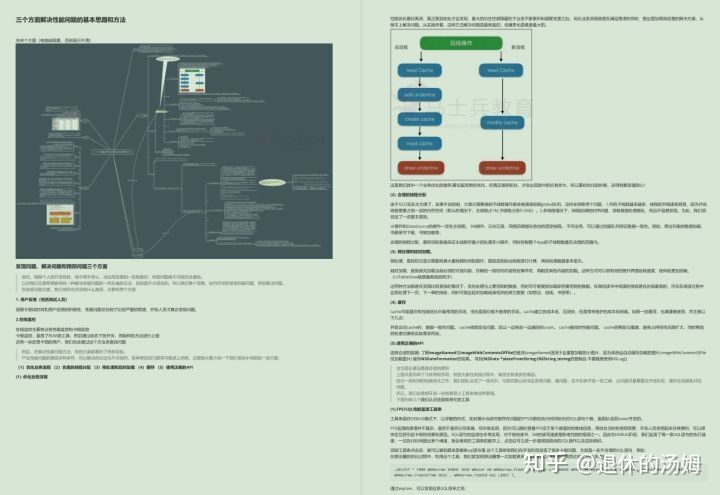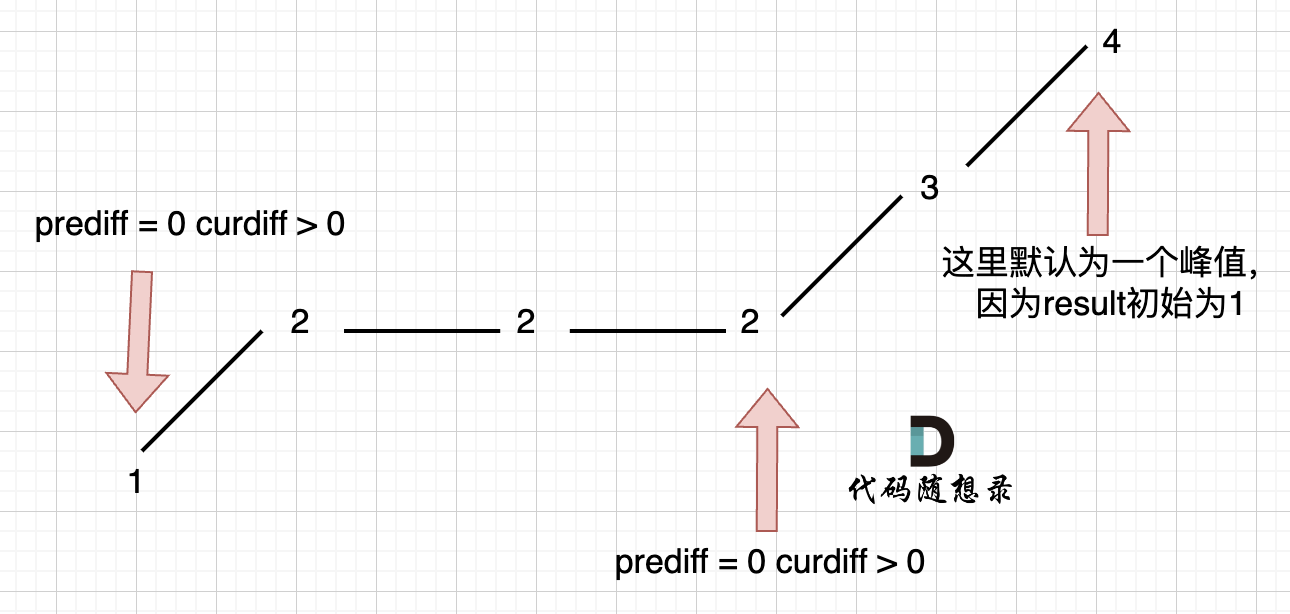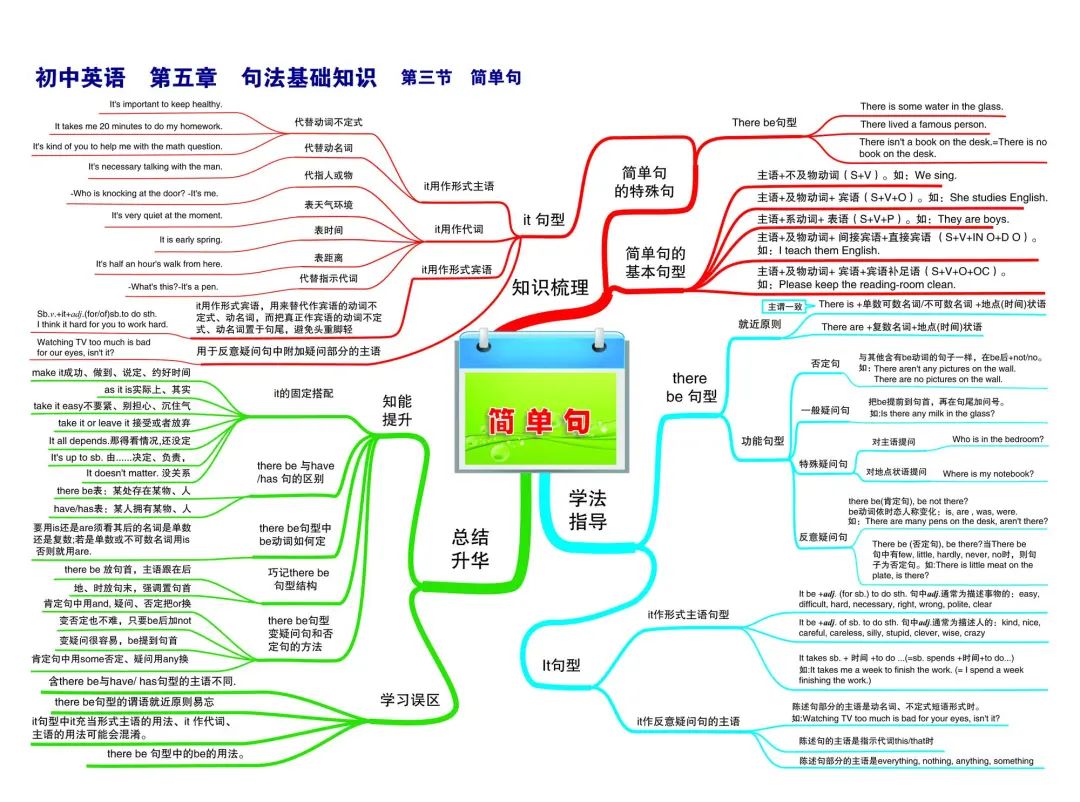在Vue3中,provide和inject是用于实现依赖注入的一对API。它们允许在组件树中传递和接收数据,而不需要通过每一层显式地传递props。在<script setup>语法中,provide可以用来提供一个值,而inject可以用来接收一个已经提供的值。
provide是setup函数内部的一个函数,所以不能在组件的选项对象(如data、methods、computed等)中使用provide,必须在setup函数内部调用它。
一、示例
首先在项目中创建父组件,示例如下:
<template>
<ChildComponent />
</template>
<script setup lang="ts">
import { provide, ref } from 'vue';
import ChildComponent from './ChildComponent.vue';
// 使用 provide 提供这个变量
provide('message', 'Hello from Parent!');
</script>再创建子组件,用于接收注入的message信息,示例如下:
<template>
<div>{{ message }}</div>
</template>
<script setup lang="ts">
import { inject } from 'vue';
// 使用 inject 接收提供的值
const message = inject('message', 'Default Message'); // 第二个参数是默认值,可选
console.log('message', message)
</script>此时子页面中会显示父组件中provide注入的信息,如下图:

二、子组件中数据更新
在provide中不仅可以注入变量数据,也可以注入函数。所以需要在子组件中修改父级provide中数据,在父组件中通过provide再注入一个修改变量值函数即可。这里将上述示例稍作修改下,再来看看演示的结果。
父组件代码如下:
<template>
<div>
<ChildComponent></ChildComponent>
</div>
</template>
<script lang="ts" setup>
import ChildComponent from './ChildComponent.vue';
import { provide, ref } from 'vue';
// 定义变量
const result = ref(0)
// 使用 provide 提供这个变量
provide('result', result);
// 使用 provide 提供修改变量的函数
provide('resultChange', (value: number) => result.value = value)
</script>
子组件代码如下:
<template>
<div style="margin-bottom: 10px;">结果:{{ result }}</div>
<el-button @click="addEvent()">增加</el-button>
<el-button @click="mulEvent()">减少</el-button>
</template>
<script setup lang="ts">
import { inject, ref } from 'vue';
// 使用 inject 接收提供的值
const result = inject('result', ref(0)); // 第二个参数是默认值,可选
const resultChange = inject('resultChange', (value: number) => console.log(value))
// 增加
const addEvent = () => resultChange(result.value+1)
// 减少
const mulEvent = () => resultChange(result.value-1)
</script>页面效果如下:

如果项目中已安装了并注入pinia,则可以在pinia看到provided数据了,如下图:

上述示例中,点击“增加”或“减少”,页面的数值则会随之增加 或 减少了。
三、父组件中数据更新
将子组件中操作数值内容,移至父组件后,再看下效果。
父组件代码如下 :
<template>
<div>
<ChildComponent></ChildComponent>
<el-button @click="addEvent()">增加</el-button>
<el-button @click="mulEvent()">减少</el-button>
</div>
</template>
<script lang="ts" setup>
import ChildComponent from './ChildComponent.vue';
import { provide, ref } from 'vue';
// 定义变量
const result = ref(0)
// 使用 provide 提供这个变量
provide('result', result);
// 增加
const addEvent = () => result.value += 1
// 减少
const mulEvent = () => result.value -= 1
</script>子组件代码如下:
<template>
<div style="margin-bottom: 10px;">结果:{{ result }}</div>
</template>
<script setup lang="ts">
import { inject, ref } from 'vue';
// 使用 inject 接收提供的值
const result = inject('result', ref(0)); // 第二个参数是默认值,可选
</script>此时继续增、减操作,页面结果还是可以正常接收并更新结果。如下图:

四、setup顶层使用
这里需要注意的是,provide应该在setup中顶层使用,而不是在setup中的另一个函数中使用。
错误代码如下:
<template>
<div>
<ChildComponent></ChildComponent>
<el-button @click="addEvent()">增加</el-button>
<el-button @click="mulEvent()">减少</el-button>
</div>
</template>
<script lang="ts" setup>
import ChildComponent from './ChildComponent.vue';
import { provide, ref } from 'vue';
// 定义变量
const result = ref(0)
// 使用 provide 提供这个变量
// provide('result', result);
// 增加
const addEvent = () => {
result.value += 1
provide('result', result)
}
// 减少
const mulEvent = () => result.value -= 1
</script>如上写法,将provide放到函数中调用,则会报错: [Vue warn]: provide() can only be used inside setup();所以我们在使用provide时,应将其放在顶层定义,创建一个空的或有初始值的ref,将其传给provide函数。 然后在操作功能函数中,修改如上result变量值即可。











![[每日一氵] cython 中如何操作字典——结论是没什么更好的方法](https://i-blog.csdnimg.cn/direct/a200b6daac0a4e1d978ae52fde5d45af.png)







